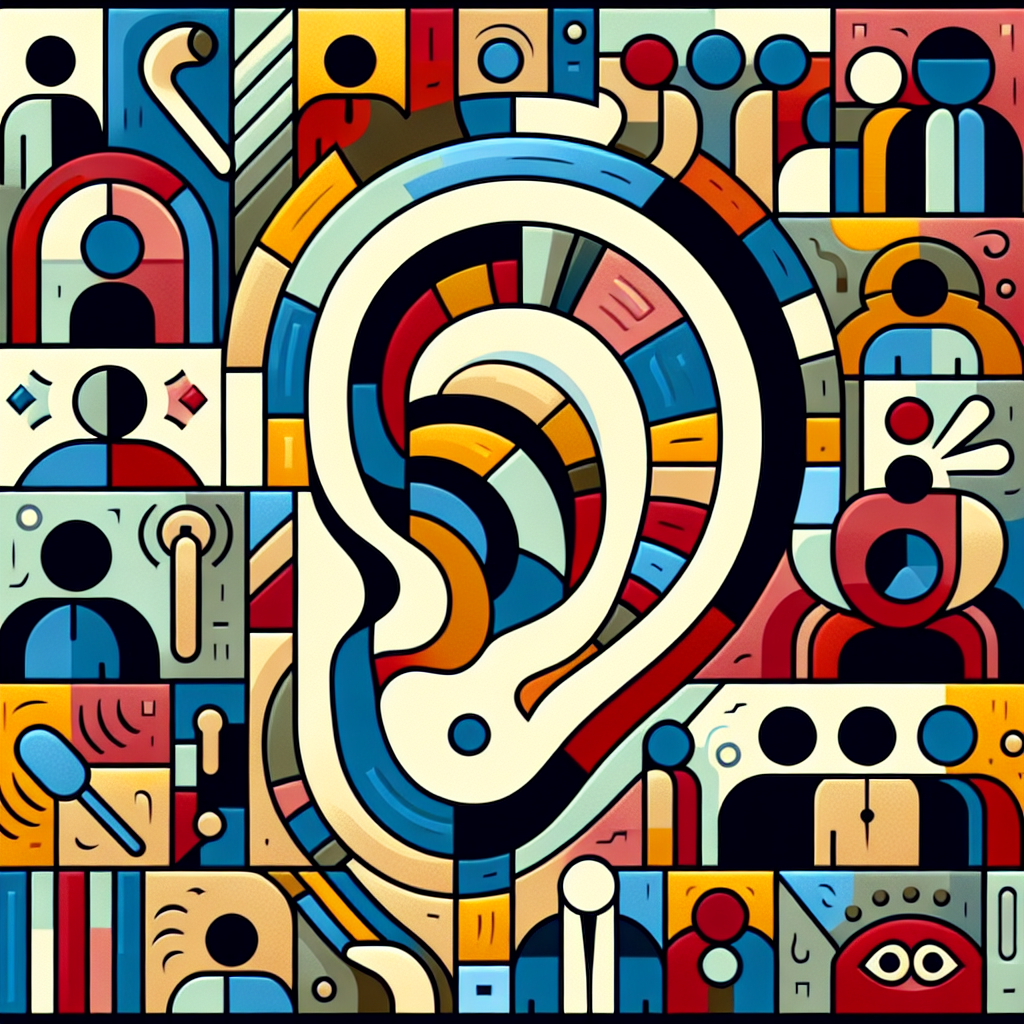The article from the World Health Organization (WHO) Regional Office for Africa, titled “Burden of hearing loss in Africa could rise to 54 million by 2030: WHO report,” presents a comprehensive analysis of the “burden of hearing loss in Africa” and its future projections.
Current Hearing loss Prevalence and Projections for 2030
Currently, 40 million people in Africa manage hearing loss, and this number will likely grow to 54 million by 2030. Without action, the burden of hearing loss in Africa will rise to 97 million by 2050.
Economic and Social Impact of hearing loss in Africa
The economic and social impact of hearing loss is significant, costing the continent around $27 billion annually. This issue profoundly affects human lives, delaying language development in children, leading to poor educational outcomes, and limiting career prospects. Furthermore, adults face increased risks of isolation, loneliness, depression, and dementia.
Factors Driving the Surge in Hearing Loss
Hearing loss in Africa is exacerbated by several factors, including a severe shortage of ear and hearing care (EHC) specialists, with over 56% of African countries having only one ear, nose, and throat (ENT) specialist per million people, compared to approximately 50 per million in Europe. This workforce is also unevenly distributed, concentrated mainly in urban areas, leaving rural populations underserved. Furthermore, only about 10% of the 33 million Africans in need of hearing aids have access, largely due to high costs and financial barriers.
Preventable Causes
A significant portion of hearing loss is preventable. Up to 75% of hearing loss in children from low- and middle-income countries results from preventable causes such as infections, common ear diseases, and birth complications. Nonetheless, many countries fail to conduct routine hearing screenings for newborns.
Integration and Policy Gaps
EHC services are often not included in priority health programs like school health, occupational health, or healthy aging initiatives. Many nations lack national policies to strengthen EHC delivery, and those with plans often see low implementation levels. Alarmingly, 35% of countries do not provide a budget for EHC activities, shifting the financial burden onto patients.
Recommendations
The report urges several critical actions:
- Nations must advocate for policies focused on EHC and related activities.
- Countries should integrate EHC into existing health programs to maximize resource use.
- Authorities need to pursue public-private partnerships to strengthen EHC services.
- Governments must allocate dedicated funding to equip facilities, provide essential products and technologies, and boost health workforce capacity and EHC research.
Overall, the report emphasizes the urgent necessity for comprehensive and integrated strategies to tackle the growing burden of hearing loss in Africa effectively.





